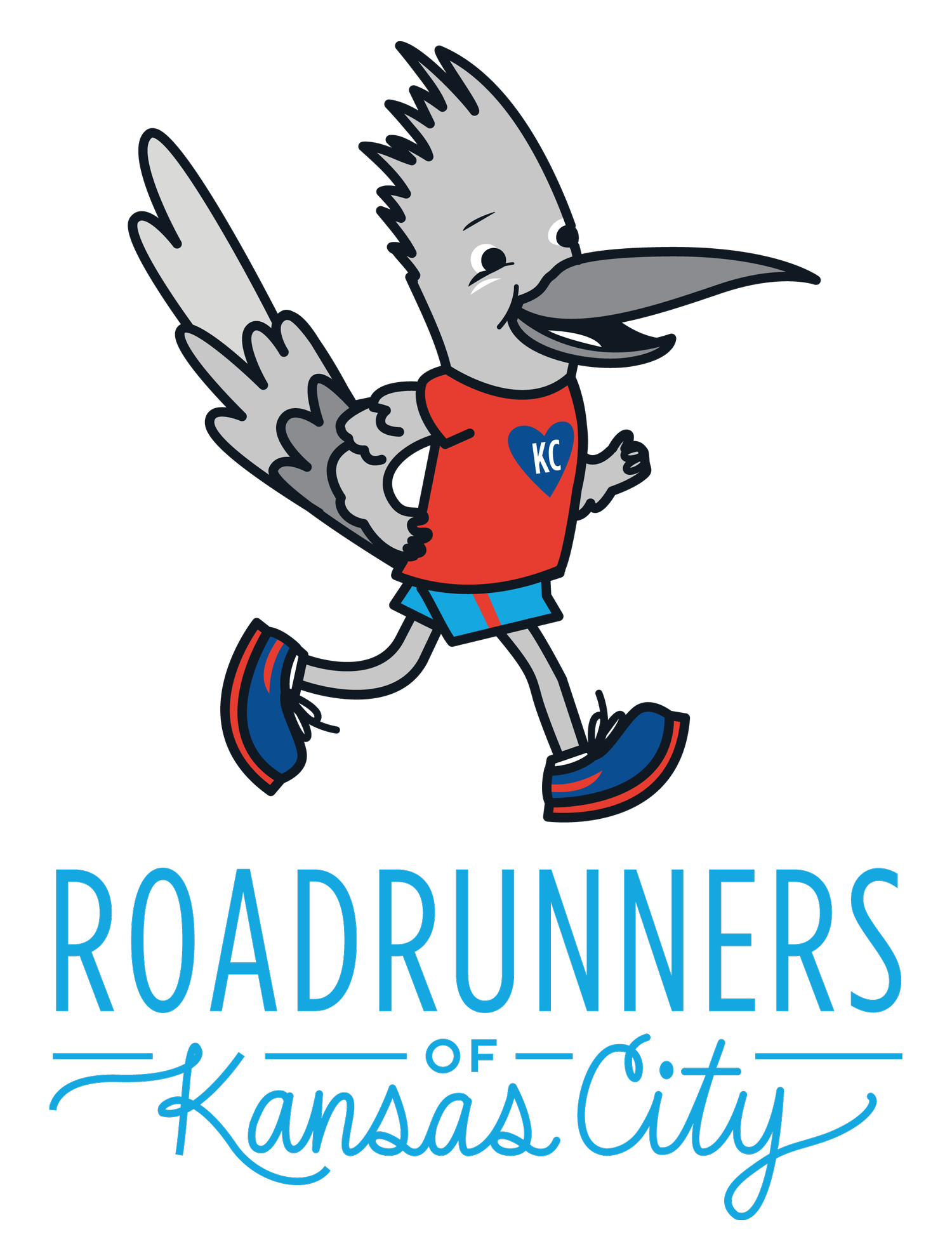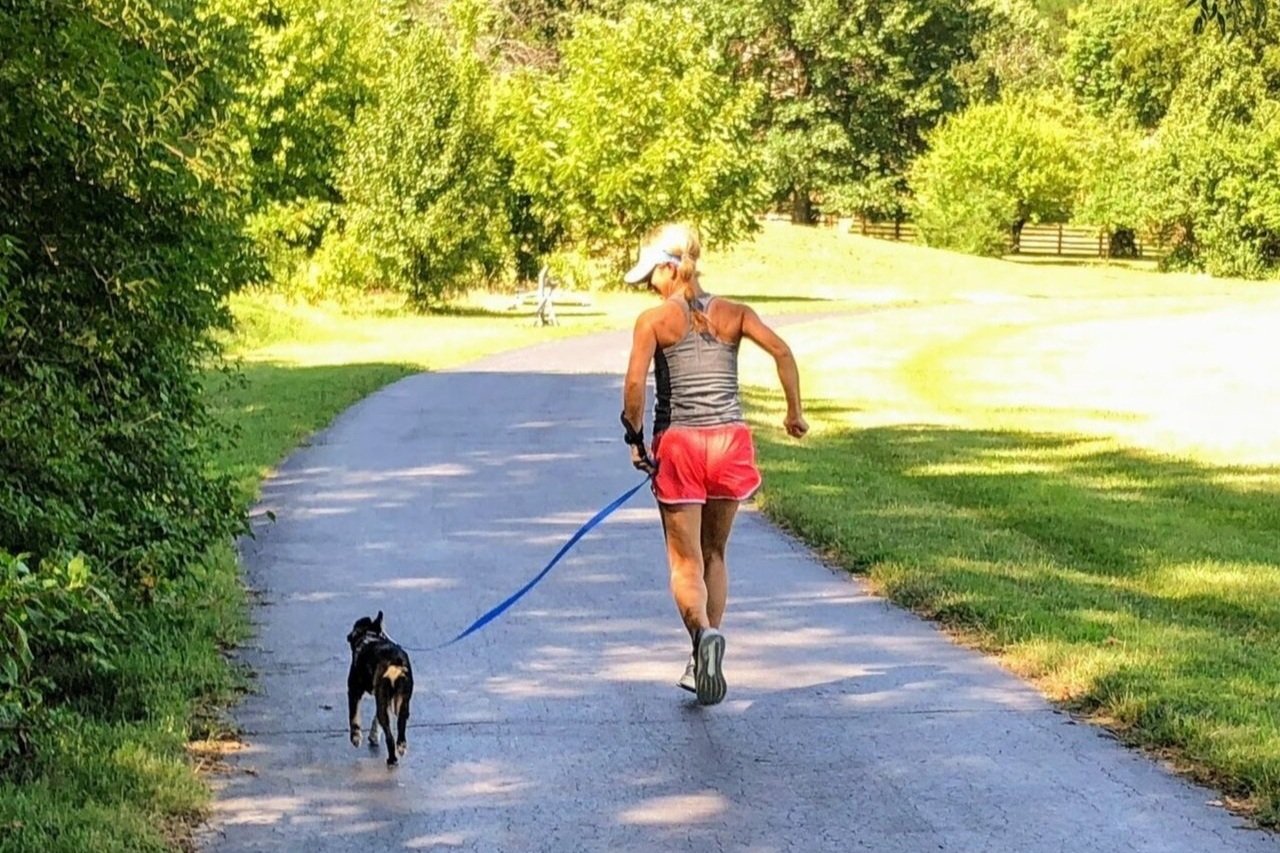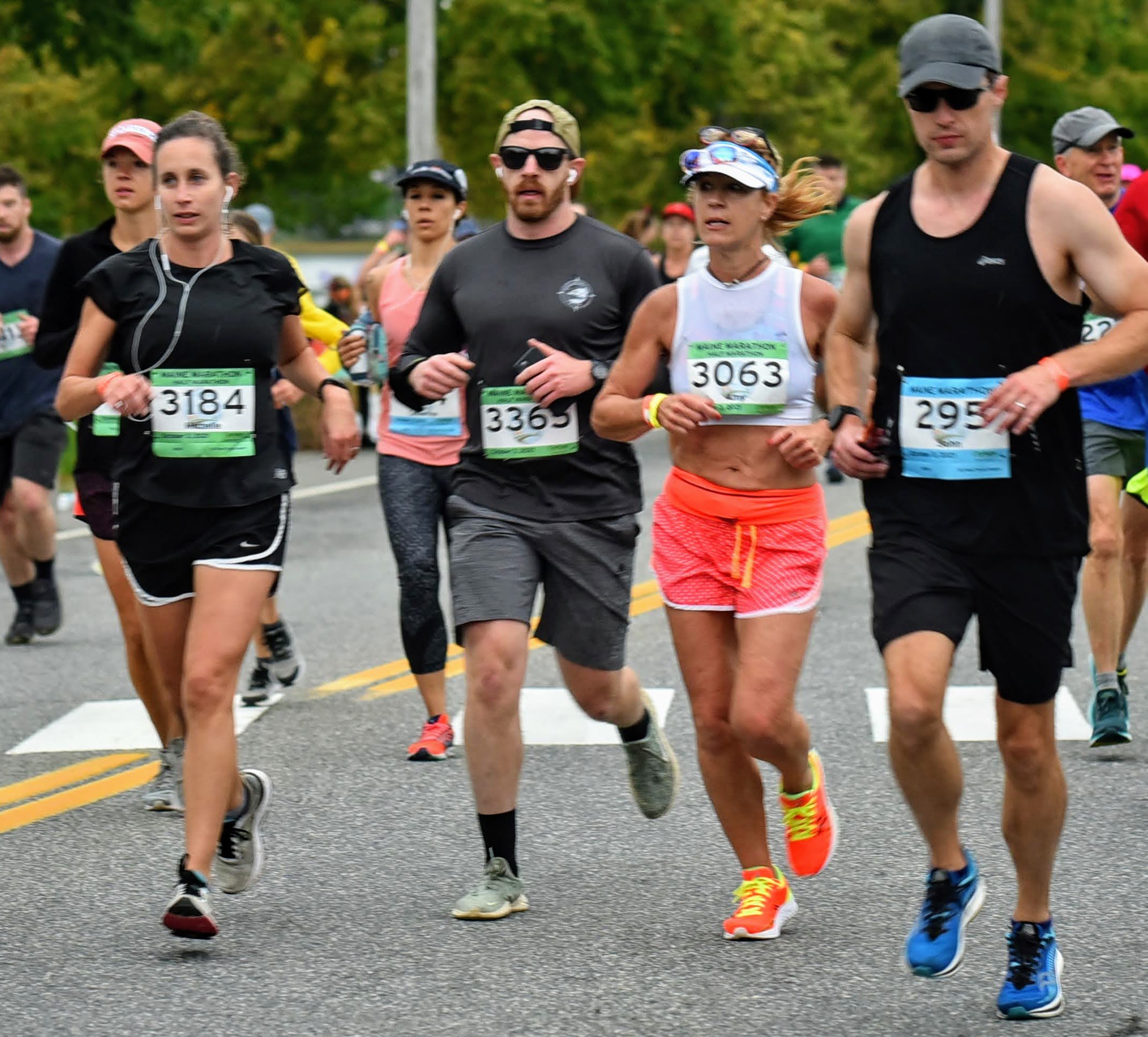Coping with Fatigue and Discomfort
Running long distances, racing, and speed work is hard! When you feel tired or uncomfortable, your emotions and negative thoughts can take over your body. In my post, Run Faster by Training your Brain: Association, I referred to this takeover as a mind puppet and shared a mental strategy for coping. But that may only be effective for some.
In this post, I will introduce another strategy: Disassociation. As the name suggests, it's quite the opposite of Association.
Disassociation
Instead of focusing on your breath, form, and body, as with Association, distract yourself by shifting your focus from the physical when you feel tired, fatigued, or uncomfortable during strenuous efforts like speed work, a race, or a long run.
You may distract yourself by focusing on a mantra, sounds, and sights around you. While this may help you overcome discomfort and allow you to continue, it can interfere with your performance because it shifts your focus from your body, especially if your form is falling apart.
Suppose you are on top of your form, running efficiently, and checking in with your breath and body. In that case, Disassociation may boost your performance by drowning out self-doubts or negative thoughts.
I like to use a combination of both Association and Disassociation and bounce between the two. If my form is intact, I may shift to Disassociation until I get "over the hump."
Ways to Distract Your Mind
There are several ways to distract your mind. Try these out, but I encourage you to find your own!
Chant a mantra.
I like to count my steps up to 10 repeatedly. I've also sung little songs in my head, like "Row, Row, Row Your Boat," in sync with my cadence. I like this because there is still an element of attention to form. Learn more about mantras and distraction in this episode of The Coach Amy and Coach Liz Show: Handling Dark Thoughts in Endurance Sport.
Listen to music.
Music, especially with a beat set to your cadence/pace, can help. Some races will not allow you to wear ear pods. If this is the case, select a different distraction for training because it won't be available on race day. Learn more about listening to music when training in this episode of The Coach Amy and Coach Liz Show: Listening to Music on Your Run, Bike, Swim?
Focus on a spot in the distance.
It could be a tree, building, or sign. Select a new focus point as you approach each one to keep your eyes ahead!
Listen to a book or a podcast.
Be careful if your goal is to achieve a particular time or pace, as it may distract you too much from the physical. If your goal is to finish with no time goal, this may work great for you!
Tips for Using Mental Coping Strategies
Practice throughout your training. Don't expect it to work on race day unless you've trained your brain and body! Experiment with different approaches, identify the ones that are effective for you and put them into practice.







